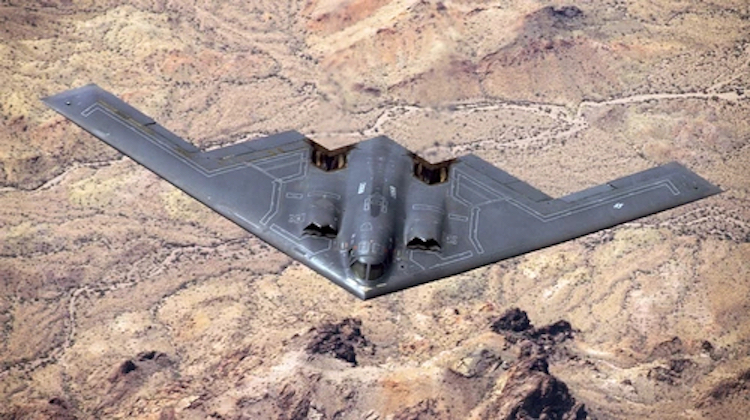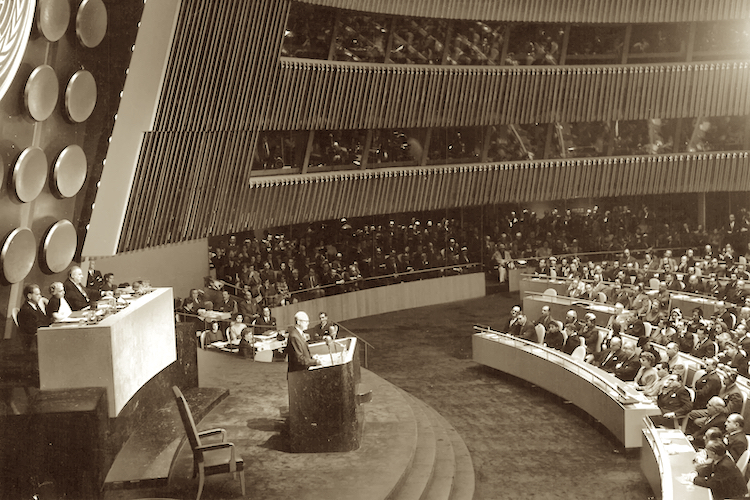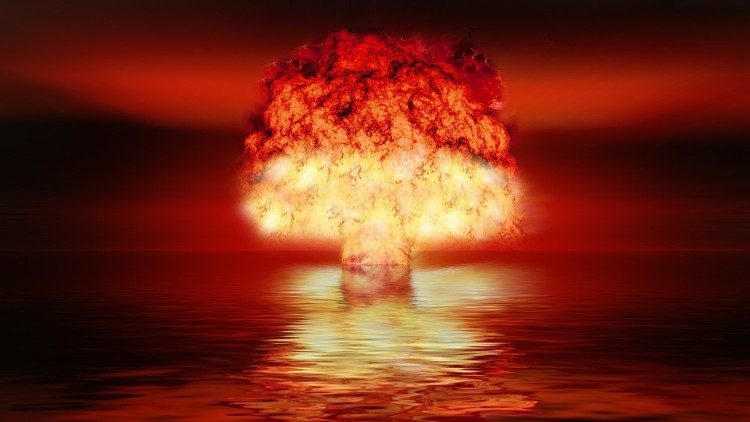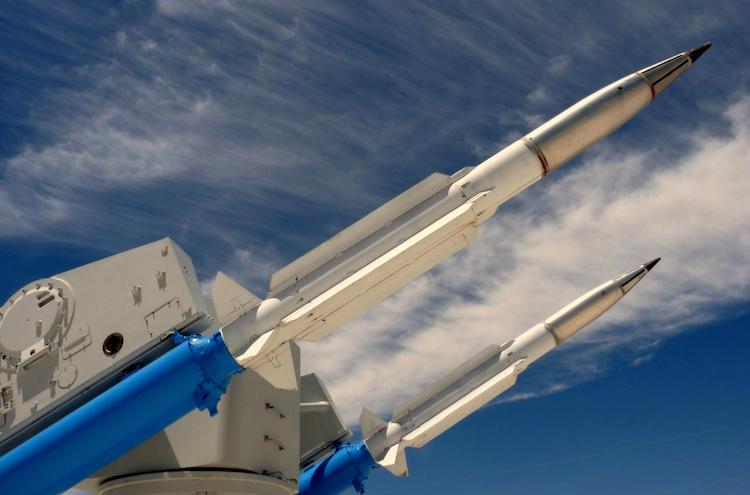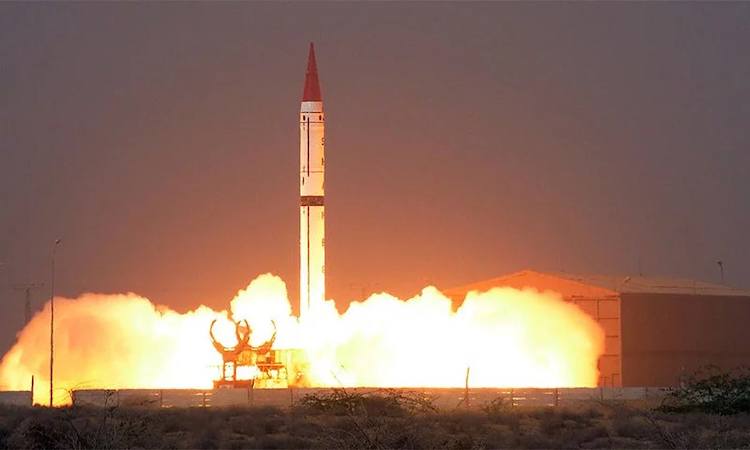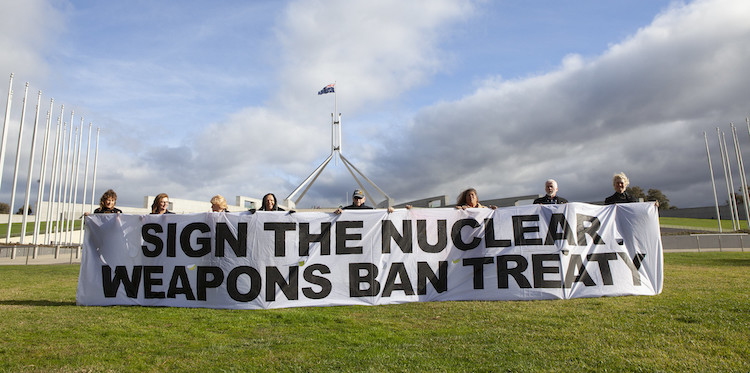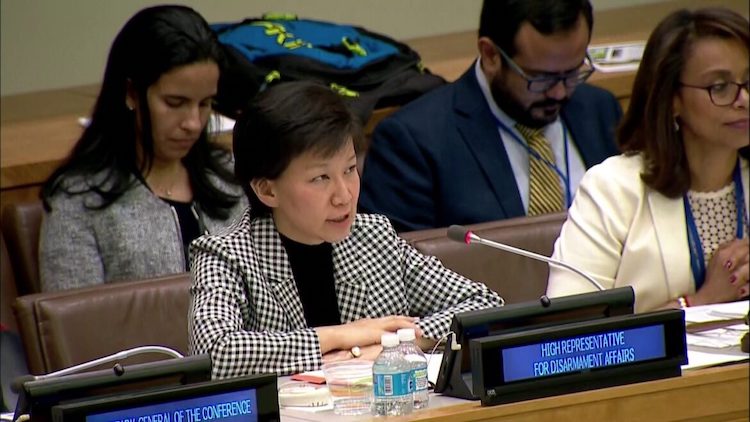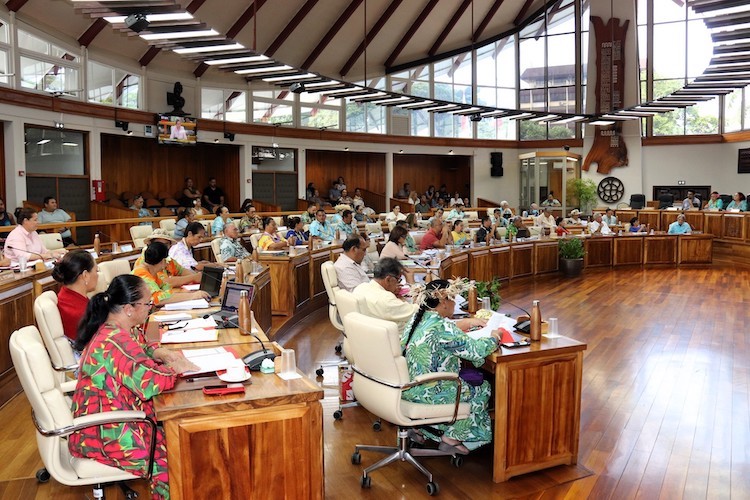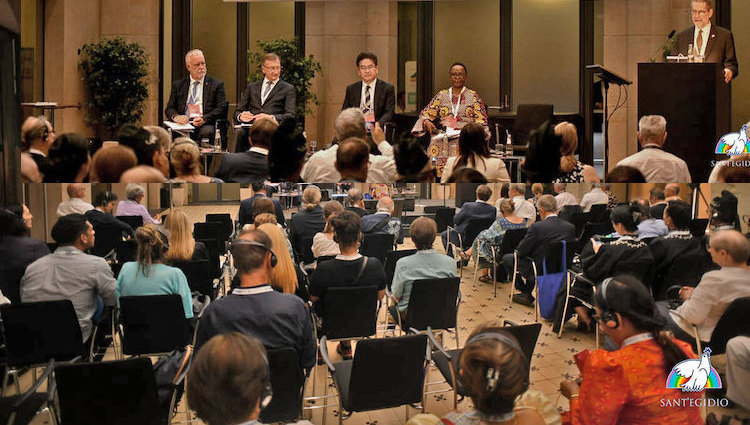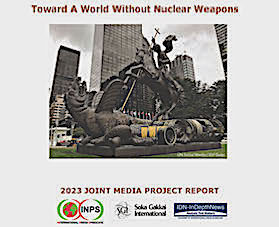By Thalif Deen
UNITED NATIONS. 26 September 2023 (IDN) — When the United Nations commemorated the 10th anniversary of International Day for the Elimination of Nuclear Weapons, the President of the General Assembly, Dennis Francis, was dead on target when he warned that the risk of nuclear annihilation “is not a chapter from our past; it is a haunting reality of our present”. (P 19) CHINESE | JAPANESE | NORWEGIAN














